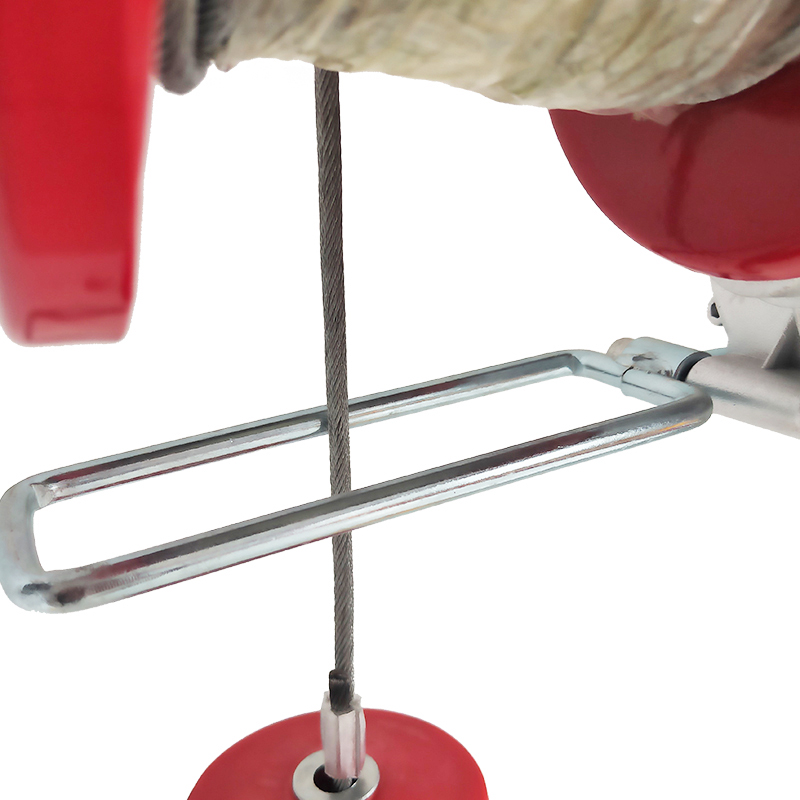


Understanding the Hydraulic Pallet Truck A Key Tool for Logistics
In today's fast-paced logistics and warehousing industries, efficiency and productivity are paramount. One of the indispensable tools that facilitate these goals is the hydraulic pallet truck, often referred to as a pallet jack. This manually operated equipment has become an essential element in the movement of goods, particularly in environments where large volumes of products need to be transported over short distances.
Understanding the Hydraulic Pallet Truck A Key Tool for Logistics
One of the key advantages of hydraulic pallet trucks is their ability to handle substantial weights with relative ease. Most models can lift up to 5,500 pounds, making them incredibly valuable in warehouses and distribution centers where heavy merchandise needs to be frequently relocated. Their lightweight and maneuverable design allow operators to navigate tight spaces, enhancing efficiency in busy work environments.

Safety is another important aspect when it comes to hydraulic pallet trucks. Modern designs incorporate features such as built-in brakes, which prevent unwanted rolling, and ergonomic handles that reduce the risk of strain and injury during operation. Training employees to use these trucks correctly not only protects them but also minimizes the risk of damaging goods or infrastructure.
Maintenance is relatively straightforward, which contributes to the allure of hydraulic pallet trucks. Regular checks on the oil levels in the hydraulic system and ensuring the forks are free from debris are essential practices. With proper care, these machines can last for years, providing a cost-effective solution to material handling challenges.
In conclusion, the hydraulic pallet truck stands out as a vital instrument in the logistics sector. It enhances operational efficiency by enabling quick movements of heavy loads while ensuring safety and ease of use. As industries continue to evolve, the demand for reliable and effective equipment like hydraulic pallet trucks will remain strong, making them a staple in modern supply chain practices.



